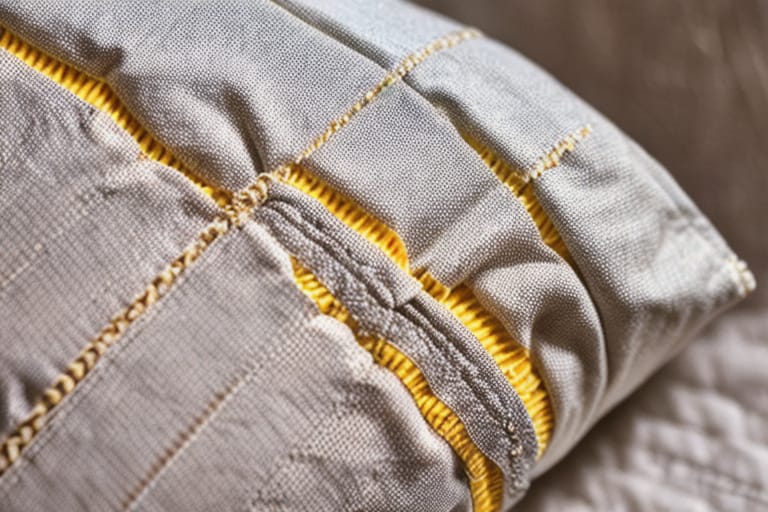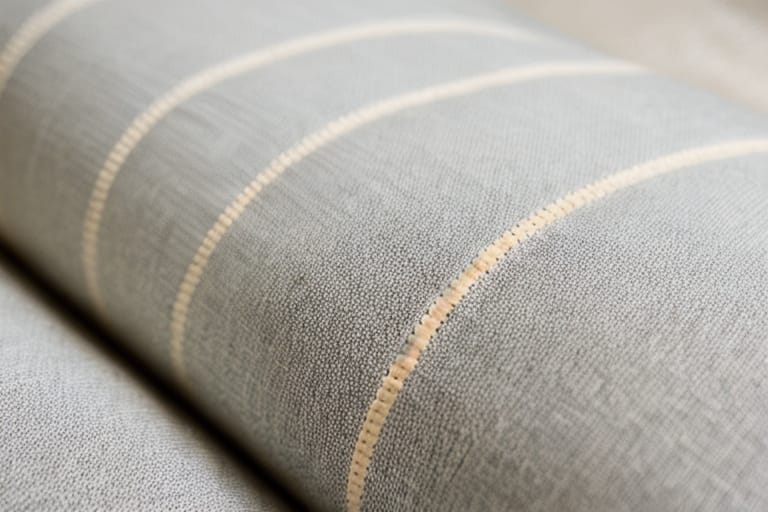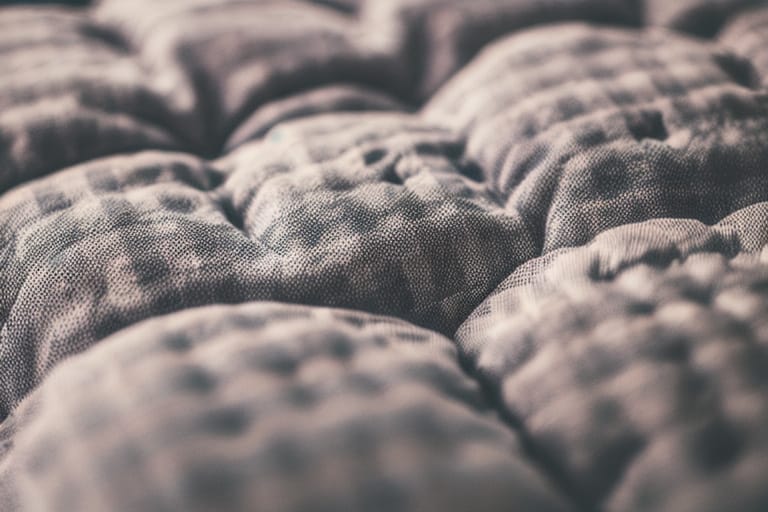When it comes to down comforters, most people assume the filling inside is some form of feather. But did you know that true down comforters contain no feathers at all? This guide will explain the difference between down and feathers, the types of feathers used, down alternatives, fill power, down-proof fabrics, and what to look for when purchasing a down comforter.
What is Down?
Down refers to the undercoating of waterfowl such as ducks and geese located underneath the outer protective feathers. This soft, fluffy substance works to insulate birds against water and cold temperatures. Down clusters are pieces of down that provide unmatched warmth, breathability, fluffiness, and durability when used as insulation in bedding.
True down comforters contain a filling made up entirely of these down clusters sourced ethically from ducks and geese. They contain no feathers.
Types of Feathers Used in Down Comforters
While true down contains no feathers, some comforters do contain certain types of feathers in the filling:
- Duck feathers – Typically larger and less fluffy than goose feathers
- Goose feathers – Softer, more fluffy, better insulation
- Feather fibers – Very small, soft fibers from duck/goose feathers
These feathers may be mixed with down in certain products, though pure down still provides better insulation, durability, and breathability.
Down Alternative Comforters
For those with allergies to Down or who want a vegan option, down alternative comforters contain synthetic fill made from materials like microfiber or polyester.
While cheaper than down, these synthetic fills cannot match the insulation, fluffiness, softness, and durability of high-quality down. However, down alternative comforters provide decent warmth at an affordable price point.
What is Fill Power?
An important specification for any down comforter is fill power. This refers to the loft or fluffiness of the downfilling. Specifically, it is the cubic inches one ounce of down fills up.
For example, 800-fill power down means one ounce takes up 800 cubic inches when fully lofted. In general, higher fill power between 600 and 900 means better insulation, durability, and breathability.
Fill Power Ratings
- Under 500 – Low quality
- 500 to 600 – Decent warmth for the price
- 600 to 700 – Good insulation and longevity
- 700 to 800 – High quality with excellent loft
- Over 800 – Maximum loft and insulation

The Role of Downproof Fabrics
One concern with down comforters is down leakage through the outer fabric shell. Lower quality fabrics allow the tiny down clusters to escape through small holes over time.
To prevent leakage, higher end down comforters use downproof fabrics like sateen cotton, lightweight polyester, or durable twill. These tightly woven fabrics feature a tight thread count and often carry a down-proof certification.
factors when evaluating downproof fabrics:
- Tightness of weave
- High thread count
- Downproof testing and certification
- Overall durability
A good downproof cotton, polyester, or twill fabric will prevent leakage for the life of the comforter.
Assessing the Safety of Down
When down and feather comforters are produced, the filling goes through stringent testing to ensure biological safety:
- Bacterial testing – Ensures filling is free of hazardous bacteria
- In vivo toxicity testing – Guarantees filling meets mammalian safety standards
Reputable manufacturers subject their to rigorous third party laboratory testing to provide consumers peace of mind.
Comparing Down and Down Alternatives
While more expensive initially, high fill power down provides better insulation, breathability, and durability over the long run. Down alternative works well for budget-conscious and vegan consumers.
What to Look for When Buying a Down Comforter
Follow this checklist when evaluating and purchasing a down comforter:
- ✅ Fill power of at least 600+
- ✅ Fill weight appropriate for your climate needs
- ✅ Downproof fabric shell like sateen, twill or lightweight polyester with a tight weave
- ✅ Manufacturer warranty period of at least 5 years
- ✅ Third party testing for fill materials to ensure safety, purity and cleanliness
- ✅ Return policy in case you need to exchange
- ✅ Ethical harvesting of down from humanely treated birds
Review all policies, certifications and details to ensure you get a safe, ethically produced down comforter that will last using the criteria above.
Maintaining Your Down Comforter
Caring properly for your down comforter will maximize its longevity:
- Always use a duvet cover to protect the comforter
- Dry clean only to prevent damage from home washing
- Fluff regularly to maintain maximum loft and insulation
- Store properly folded or on end during off-seasons
Abiding by the manufacturer’s care instructions is key. With proper maintenance, a quality down comforter will last over a decade.

The Bottom Line
While buying a down comforter represents an investment up front, you reap rewards in the long run thanks to durability, breathability, and unmatched warmth. Just be sure to verify the fill power, fabric shell quality, safety certifications, and warranty when making your purchase.
Following this guide will ensure you select the ideal down comforter to keep you cozy all year round. The tiny down clusters inside responsibly sourced from waterfowl provide a little piece of natural magic.
Frequently Asked Questions
What is the difference between down and feather fillings?
As mentioned above, true down fillings contain no feathers – only soft down clusters sourced from ducks and geese. These provide the best insulation, durability and breathability. Some cheaper comforters add feathers like duck or goose feathers to the mix, compromising on quality. Always check if the filling is 100% down or a down/feather blend.
How do I know if a comforter shell is really downproof?
Look for words like “downproof” and “leakproof” in product descriptions signaling tightly woven fabric. Check that the thread count is high, at 300-500 threads per square inch minimum. Also confirm third party testing was performed on the shell fabric to guarantee downproofness.
What level of fill power is best?
As explained above, the higher the fill power (600-900), the better the insulation and fluffiness thanks to increased loft. High fill power down is lighter and takes up more space. If you live in a very cold climate, opt for fill power of 700 or above. In more mild weather, 600 may suffice at a lower price.
How do I know down is ethically sourced?
Reputable retailers provide assurances that down is responsibly sourced as a byproduct from birds used in the food industry. Look for certifications from organizations like the Responsible Down Standard or signs that birds are never force-fed or live-plucked. This guarantees humane practices.
Is down or down alternative better for allergies?
Those with dust or feather allergies may do better with down alternative fills made from hypoallergenic synthetic materials. While less luxurious than down, these microfiber or polyester options offer decent affordability and comfort without allergens.
How often should I clean my down comforter?
While gentle annual or bi-annual dry cleaning is best for down, always refer to the manufacturer care instructions. In some climates, every 2-3 years is sufficient if using a duvet cover. More frequent washing damages delicate down clusters. Spot clean stains as needed between professional cleaning.
How long should a quality down comforter last?
With proper maintenance like dry cleaning, use of duvet covers and proper storage, a high fill power down comforter with a durable, downproof shell will last over a decade, often 15-20 years. This makes the initial investment in premium materials worthwhile over hundreds of nights of rest.








